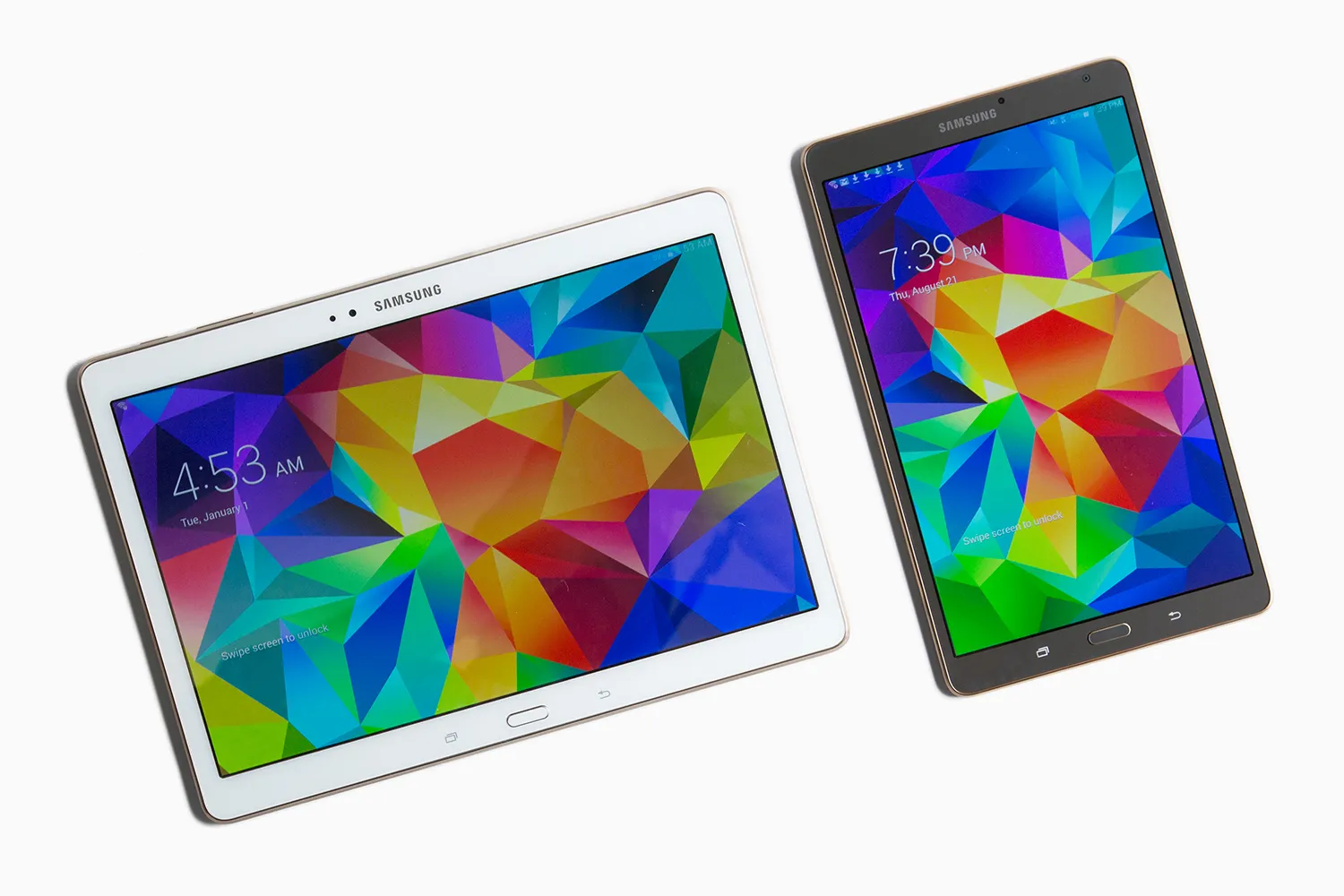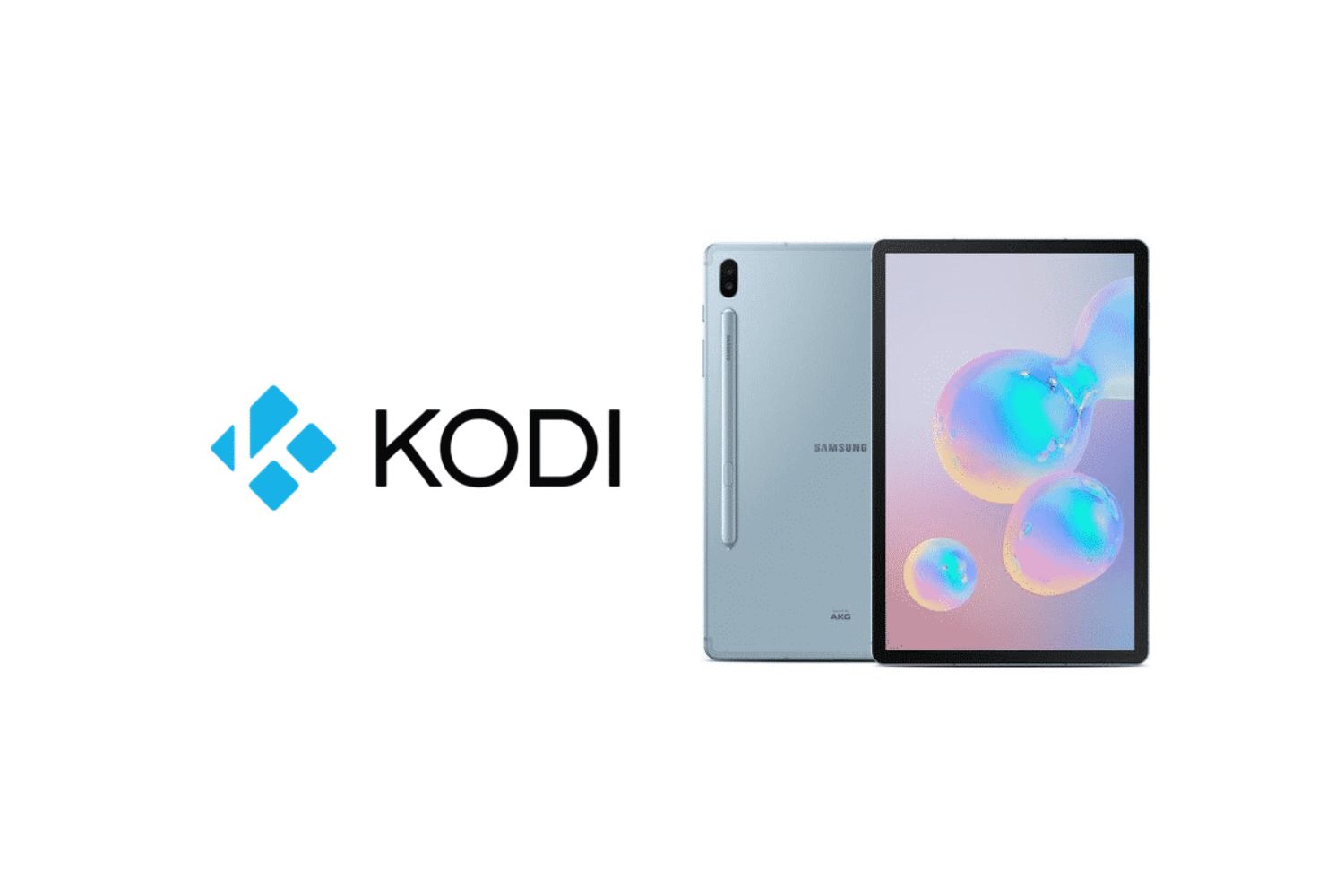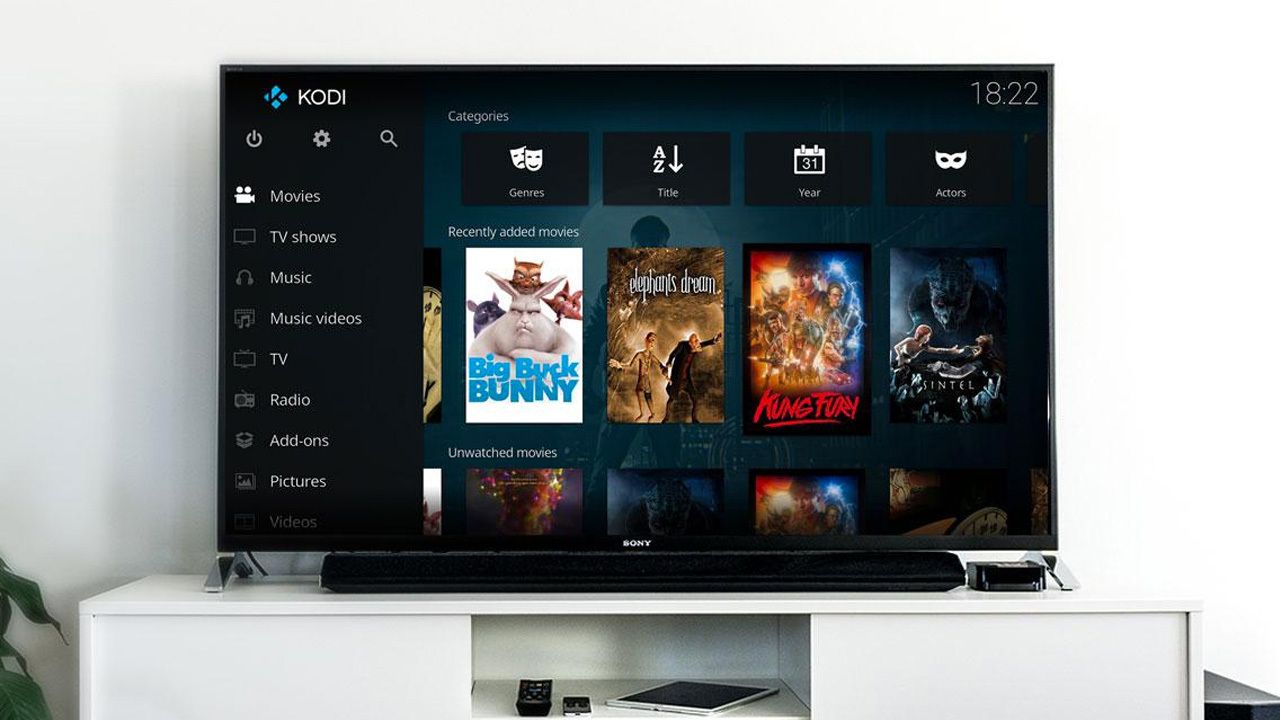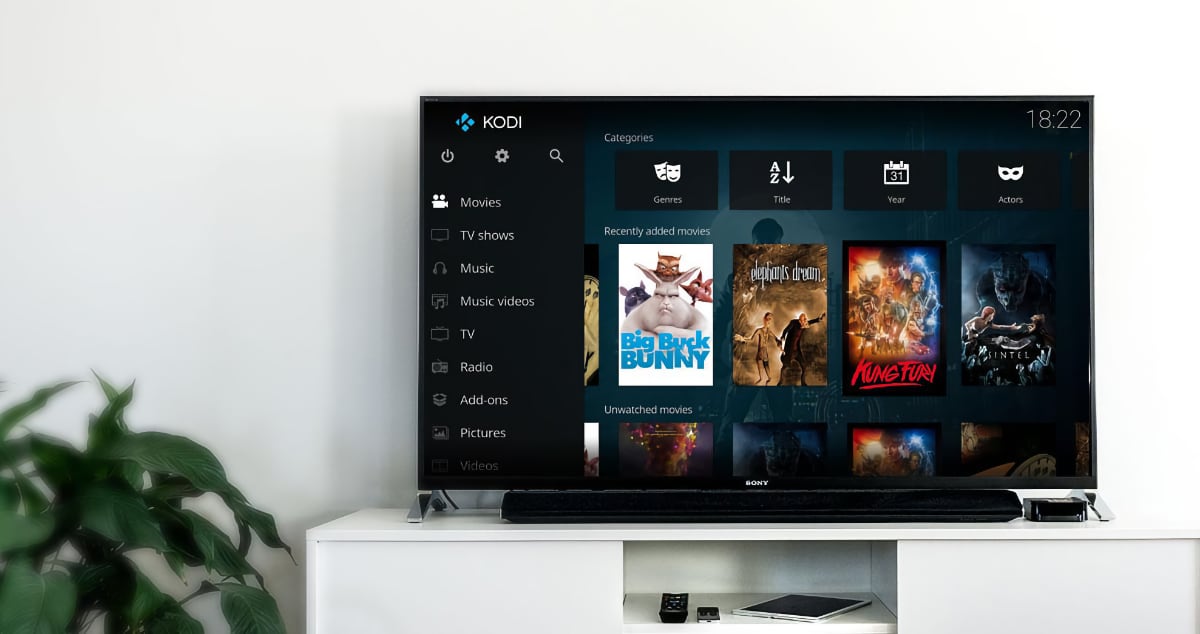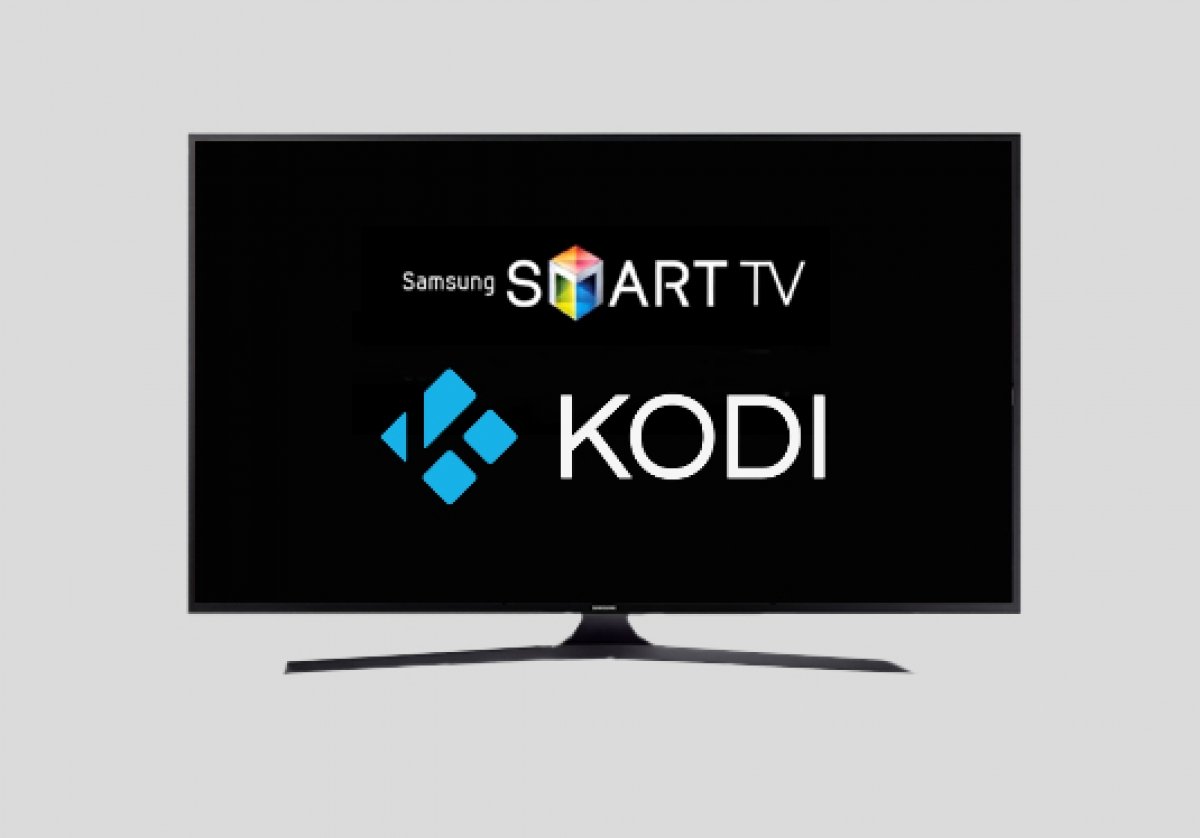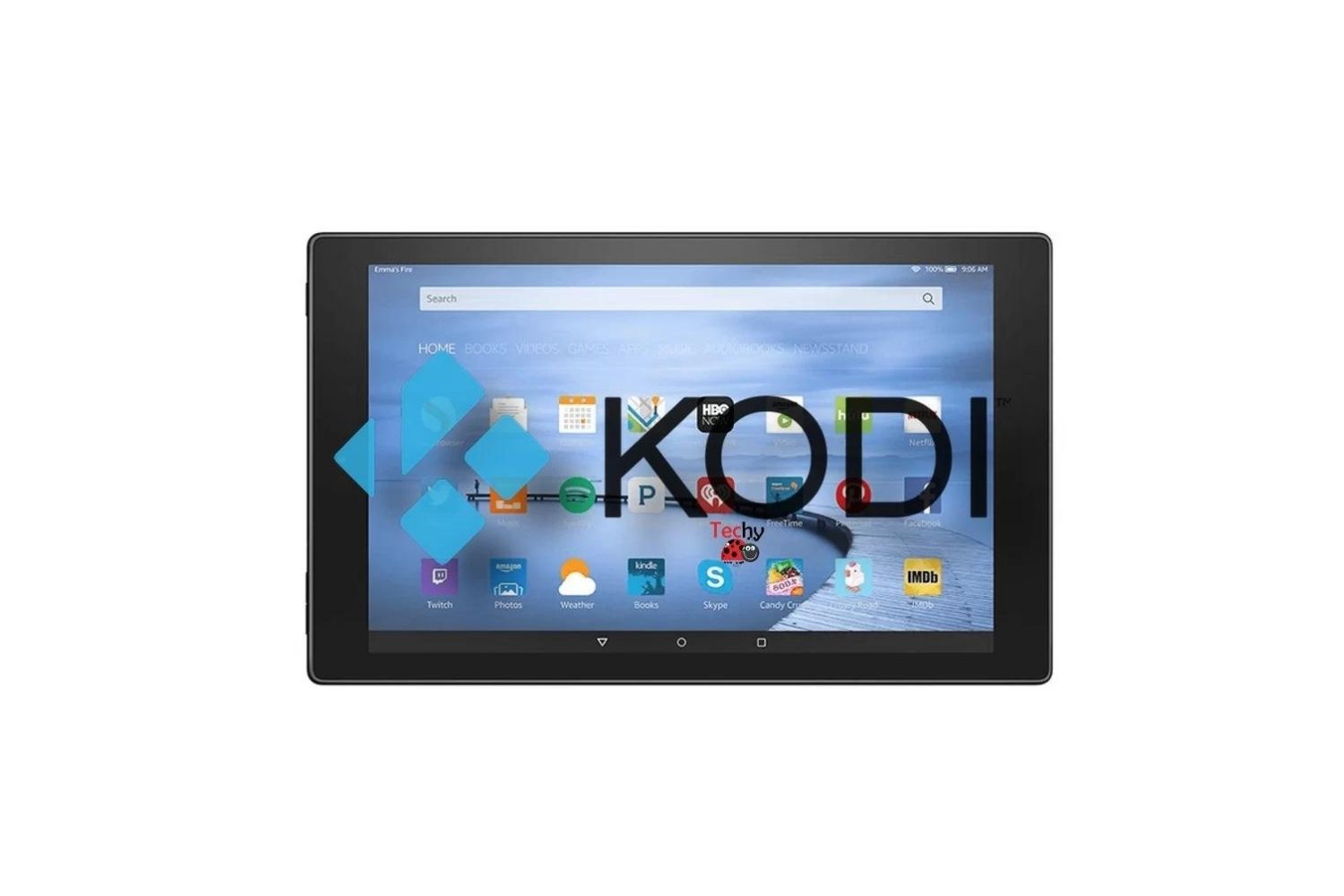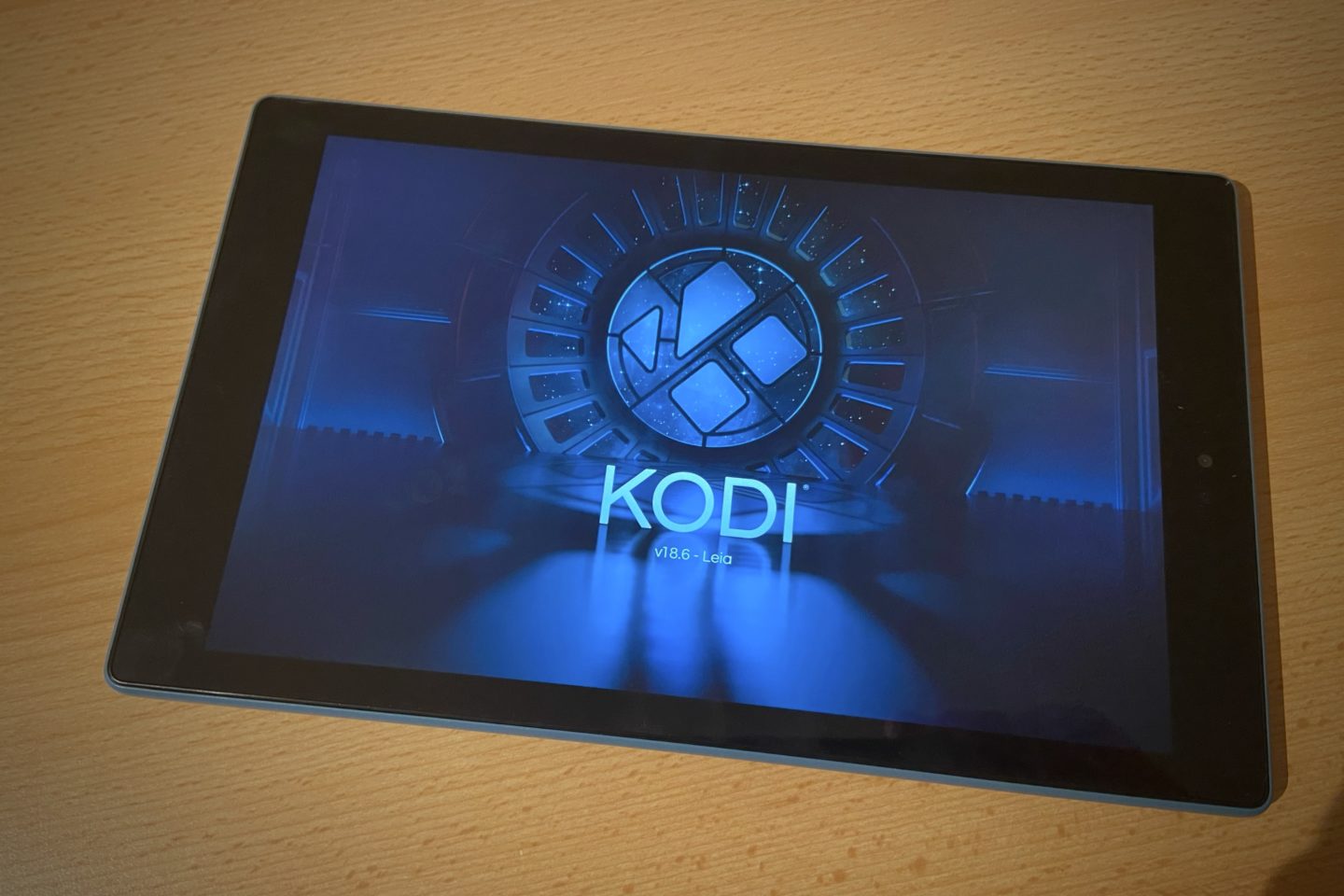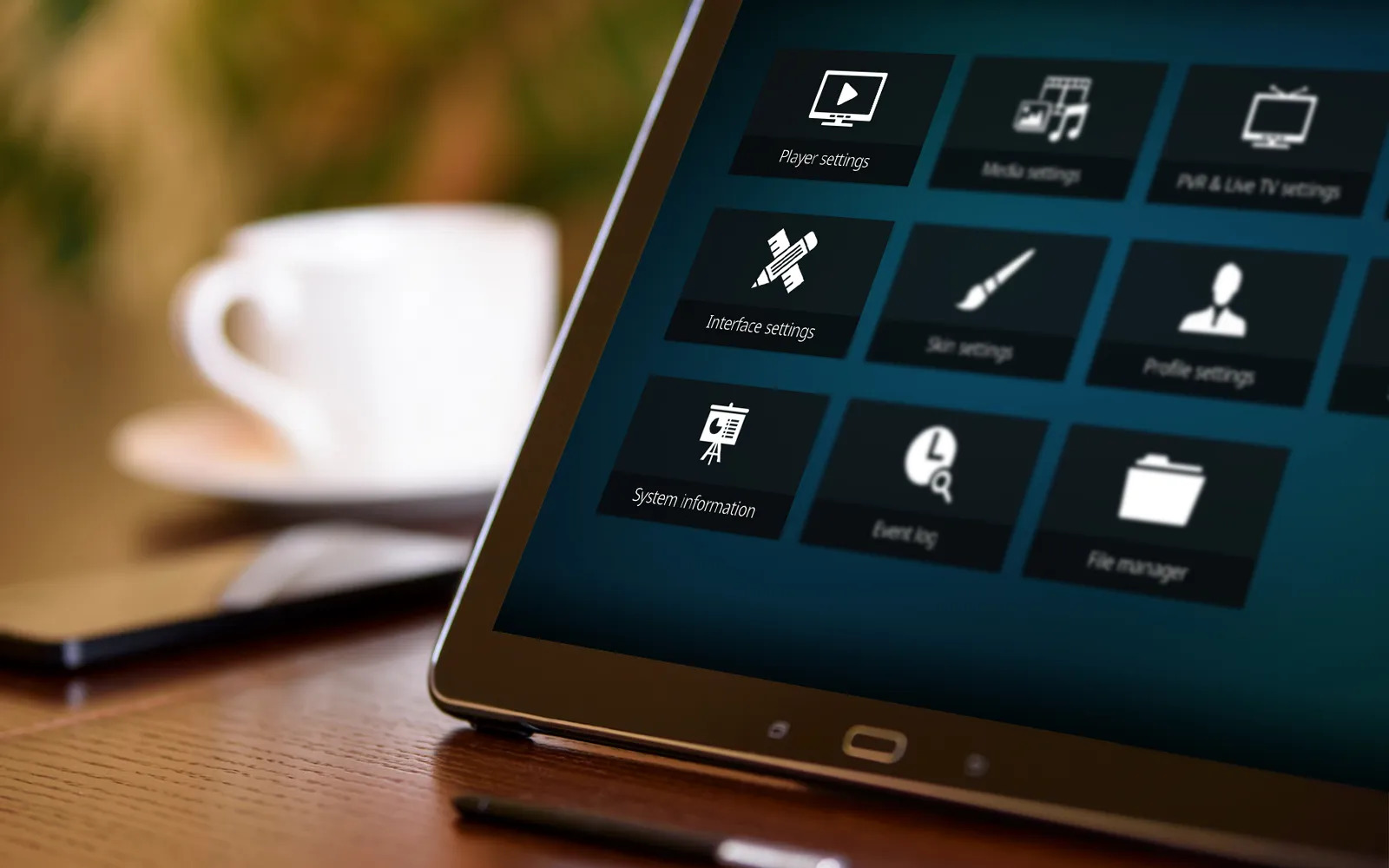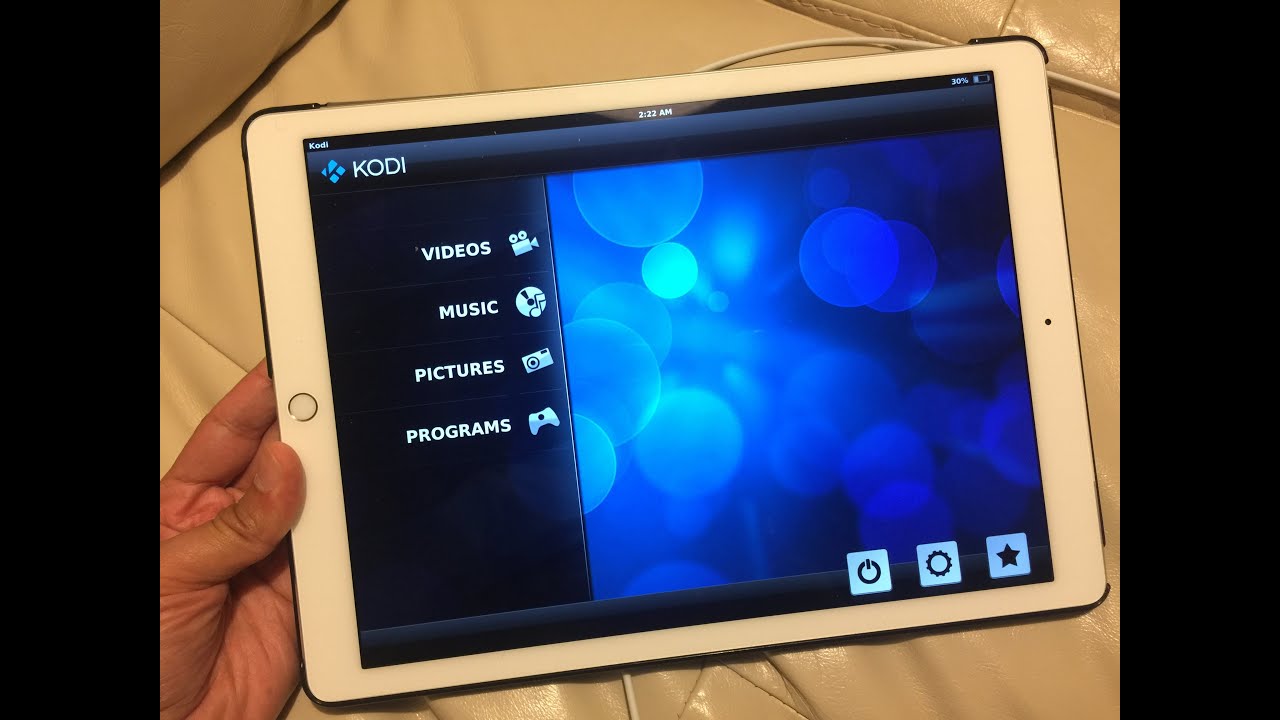Introduction
Welcome to the world of entertainment on your Samsung tablet! If you’re a fan of streaming movies, TV shows, and live sports, chances are you’ve heard of Kodi. Kodi is a popular media player that allows you to access a vast library of content, including your favorite movies and TV shows, all in one place.
However, like any software, Kodi requires regular updates to ensure optimal performance and to stay up to date with the latest features and security enhancements. In this article, we will guide you on how to update Kodi on your Samsung tablet, so you can continue enjoying an immersive entertainment experience.
Updating Kodi is a simple process that can be done in a few easy steps. We will walk you through each step, from checking for updates to clearing the cache, to ensure that your Samsung tablet is running the latest version of Kodi smoothly.
Before we get started, it’s worth noting that these instructions apply specifically to Samsung tablets. However, the general steps can also be followed for other Android devices with slight variations in the interface.
So, let’s dive in and start updating Kodi on your Samsung tablet!
Step 1: Check for updates
The first step towards updating Kodi on your Samsung tablet is to check if there are any available updates. Developers regularly release new versions of Kodi to improve performance and fix any bugs or security issues.
Here’s how you can check for updates on your Samsung tablet:
- Open the Google Play Store on your Samsung tablet. You can find the Play Store app in your app drawer or on the home screen.
- Once the Play Store is open, tap on the “Menu” icon in the upper left corner of the screen. It looks like three horizontal lines.
- In the menu that appears, select “My apps & games”. This will take you to a list of all the apps installed on your device.
- Scroll down the list until you find “Kodi”. If there is an update available, you will see an “Update” button next to the Kodi app.
- Tap on the “Update” button to begin updating Kodi. Depending on your internet connection, the update may take a few moments to complete.
Once the update is finished, you will have the latest version of Kodi installed on your Samsung tablet. It’s important to note that if there are no updates available, it means that you are already using the most up-to-date version of Kodi.
Checking for and installing updates regularly ensures that you have the latest features, bug fixes, and security improvements on your Kodi app. Now that you’ve completed this step, let’s move on to the next one to ensure your Kodi experience is optimized to the fullest!
Step 2: Install the latest version of Kodi
If you have checked for updates and found that there isn’t a new version available, it’s possible that you don’t have Kodi installed on your Samsung tablet. In this case, you’ll need to install the latest version.
Here’s how you can install Kodi on your Samsung tablet:
- Open the Google Play Store on your Samsung tablet.
- Tap on the search bar at the top of the screen and type in “Kodi”.
- From the search results, look for the official Kodi app by the XBMC Foundation and tap on it.
- On the Kodi app page, tap on the “Install” button to begin the installation process.
- You may be prompted to grant certain permissions to allow the app to access your device. Read through the permissions and tap “Accept” to proceed with the installation.
- Wait for the installation process to complete. Once installed, you will see the “Open” button, indicating that Kodi is ready to be used.
Now that you have installed the latest version of Kodi on your Samsung tablet, you can proceed to the next step to ensure that your Kodi addons and repositories are also updated.
It’s important to note that you should only install Kodi from the official Google Play Store to ensure that you are getting a safe and legitimate version of the app. Avoid downloading Kodi from third-party sources, as these may contain malware or be outdated.
With Kodi successfully installed, let’s move on to the next step to ensure that all your addons and repositories are up to date for an enhanced streaming experience!
Step 3: Update Kodi addons and repositories
Once you have installed or updated Kodi on your Samsung tablet, it’s important to ensure that your addons and repositories are also up to date. Addons are additional features and functionalities that enhance your Kodi experience, while repositories are sources where you can find and download these addons.
Here’s how you can update your Kodi addons and repositories:
- Open Kodi on your Samsung tablet. You can find it in your app drawer or on the home screen.
- From the main menu, navigate to “Add-ons” using the menu on the left side of the screen.
- Once you are in the Add-ons section, click on “My Add-ons”.
- A list of addon categories will appear. Select the category of the addon you want to update, such as “Video Add-ons” or “Program Add-ons”.
- Scroll through the list of addons and right-click or long-press on the addon you wish to update. This will open a context menu.
- From the context menu, click on “Update” to update the selected addon. This will prompt Kodi to retrieve and install the latest version of the addon.
- Repeat this process for all the addons you want to update.
In addition to updating addons, it’s also essential to update your repositories. Repositories often release updates that include new addons, bug fixes, and improvements.
You can update repositories in Kodi by following these steps:
- From the main menu, navigate to “Add-ons”.
- Click on “Install from repository”.
- Select the repository you want to update. If you’re unsure which repository you need to update, it’s recommended to update all the repositories available.
- Inside the repository page, click on “Update” to update the selected repository. Kodi will retrieve and install the latest version.
By consistently updating your addons and repositories, you ensure that you have access to the latest features, bug fixes, and improvements. Now that you’ve updated your addons and repositories, it’s time to move on to the next step to optimize your Kodi performance.
Step 4: Clear Kodi cache
Over time, Kodi accumulates cache data, which can take up valuable storage space and potentially slow down the performance of your Samsung tablet. Clearing the cache regularly is an essential step in maintaining smooth Kodi operation and ensuring optimal streaming experience.
Follow these steps to clear the Kodi cache on your Samsung tablet:
- Launch Kodi on your Samsung tablet.
- From the main menu, select “Settings”.
- Click on “File Manager”.
- Scroll down and double-click on “Profile directory”.
- Choose the profile you are using (usually “Default”).
- Find and select the “Database” folder.
- Look for the file named “Textures13.db”.
- Right-click or long-press on “Textures13.db” and select “Delete”.
- A pop-up confirmation message will appear asking if you want to delete the file. Click “Yes” to proceed.
After deleting the cache file, you’ll need to restart Kodi for the changes to take effect. Simply exit Kodi and relaunch it on your Samsung tablet.
Clearing the cache not only frees up storage space but also helps improve the overall performance of Kodi. It allows the app to run smoother and faster, ensuring a seamless streaming experience.
Now that you’ve cleared the Kodi cache, it’s time for the final step that will help optimize the performance of your Samsung tablet when using Kodi.
Step 5: Restart your Samsung tablet
The final step in updating Kodi on your Samsung tablet is to restart the device. Restarting your tablet can help clear any temporary files and processes that may be running in the background, potentially affecting the performance of Kodi.
Here’s how you can restart your Samsung tablet:
- Press and hold the power button on your tablet.
- A menu will appear on the screen, presenting options like “Power Off”, “Restart”, or “Reboot”.
- Select the “Restart” or “Reboot” option to initiate the restart process.
- Your Samsung tablet will shut down and then power back on.
Once your tablet has restarted, launch Kodi again. The restart will ensure that any changes and updates made to Kodi during the previous steps are fully implemented, resulting in the optimal performance of the app.
Restarting your Samsung tablet periodically can help refresh the device’s memory and clear any lingering issues that may affect various apps, including Kodi.
Congratulations! You have successfully updated Kodi on your Samsung tablet. By following the steps in this guide, you can enjoy the latest features, bug fixes, and performance enhancements that these updates offer.
Remember, keeping Kodi and its addons up to date is essential for a seamless streaming experience. Make it a habit to check for updates regularly to ensure you have the most recent version installed, and don’t forget to clear the cache and restart your tablet periodically for optimal performance.
Now, sit back, relax, and immerse yourself in the world of entertainment with Kodi on your Samsung tablet!
Conclusion
Updating Kodi on your Samsung tablet is a straightforward process that ensures you have the latest features, bug fixes, and security enhancements. By following the steps outlined in this guide, you can keep your Kodi app up to date and enjoy a seamless streaming experience.
We began by checking for updates through the Google Play Store, ensuring that you have the latest version of Kodi installed on your Samsung tablet. If Kodi was not installed, we walked you through the process of installing it from the official Google Play Store to ensure a safe and legitimate version.
Next, we went over the importance of updating Kodi addons and repositories. By keeping these components up to date, you can access new features and improvements offered by addon developers and repository maintainers.
We then discussed the significance of clearing the Kodi cache. Clearing the cache helps free up storage space and allows Kodi to run smoothly, preventing any potential slowdowns or performance issues.
Finally, we recommended restarting your Samsung tablet to complete the update process. Restarting the device helps refresh the tablet’s memory and ensures that any changes made to Kodi during the updating process are fully implemented.
By following these steps regularly, you can maintain an optimized Kodi experience on your Samsung tablet, ensuring that you never miss out on your favorite movies, TV shows, or live sports events.
Remember, regularly checking for updates, keeping addons and repositories up to date, clearing the cache, and restarting your tablet are crucial steps to ensure a smooth and uninterrupted streaming experience with Kodi.
Now that you have successfully updated Kodi on your Samsung tablet, sit back, relax, and enjoy the wide range of entertainment options that Kodi has to offer!







